The Fascinating Journey of Rabbits
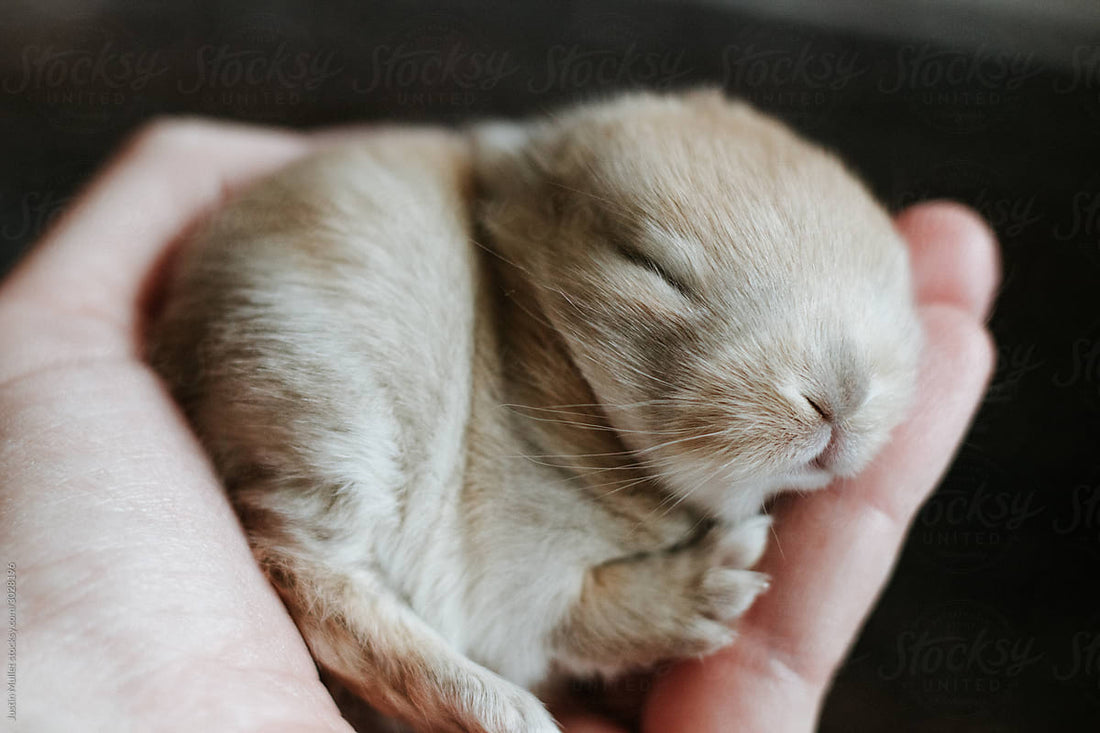
Origins of the Rabbit
The story of the rabbit begins in the Iberian Peninsula, what is now modern-day Spain and Portugal. Known scientifically as Oryctolagus cuniculus, rabbits evolved to become masters of digging and survival in these challenging terrains. Ancient Phoenician traders named the land "I-sephan-im" or Land of the Rabbits, highlighting the abundance of these creatures in the region. This moniker eventually transformed into "Hispana," giving birth to the name Spain, a country synonymous with rabbits' early history.
Domestication and Spread
The Romans, upon their arrival in the 2nd century B.C., quickly recognized the potential of rabbits as a source of food and fur. They initiated the practice of keeping rabbits in enclosed areas, a precursor to modern farming methods. However, rabbits' natural inclination to dig meant that they often escaped, leading to their spread across the continent.
Rabbits and International Trade
With the expansion of international trade, rabbits began to find new homes on every continent except Antarctica. They adapted remarkably well to various climates and terrains, from European farmlands to the arid Australian outback. Their incredible breeding capabilities allowed them to establish populations rapidly, often to the detriment of local ecosystems.
The Role of Rabbits in Medieval Society
The domestication of rabbits took a significant turn in the Middle Ages when monks began to breed them for food. The practice of selective breeding for desirable traits, such as fur color and size, began in earnest. This period also saw rabbits becoming symbols of fertility and prosperity in various cultures, further entrenching their role in human society.
Industrial Revolution to Present Day
The Industrial Revolution brought about a change in how rabbits were perceived and utilized. Moving from rural farms to urban areas, rabbits became a vital source of meat and fur for the growing urban population. The 19th century saw the emergence of rabbit shows and breeding competitions, laying the foundation for the rabbit as a pet and show animal.
Rabbits in Modern Society
Today, rabbits are valued far beyond their economic contributions. They are beloved pets, known for their playful and affectionate nature. Advances in veterinary care and a better understanding of their dietary and social needs have greatly improved the lives of domestic rabbits. Moreover, conservation efforts aim to protect wild rabbit populations and their habitats, acknowledging their role in biodiversity.
Conclusion
The history of rabbits is a testament to their resilience and adaptability. From their origins on the Iberian Peninsula to their status as beloved pets, rabbits have had a profound impact on human culture and the environment. As we continue to learn from and about them, rabbits will undoubtedly remain an integral part of our lives for generations to come.
This exploration of rabbits' history reveals not just the journey of a species, but the evolving relationship between humans and the natural world. By understanding where rabbits came from and how they've adapted alongside us, we gain insights into broader themes of domestication, environmental impact, and cultural significance.
No comments


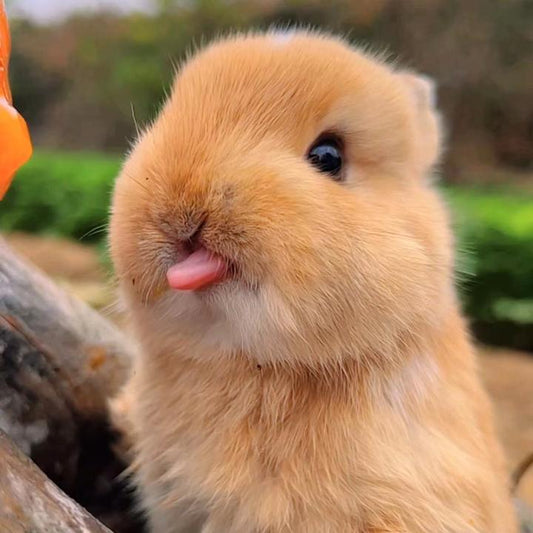
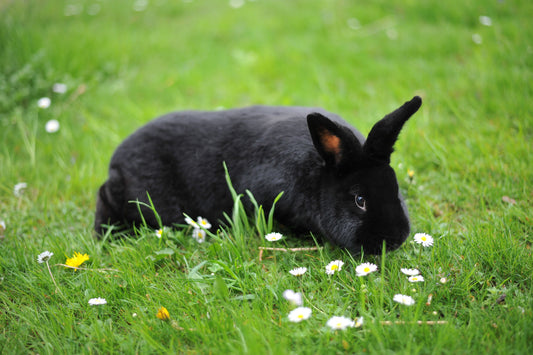
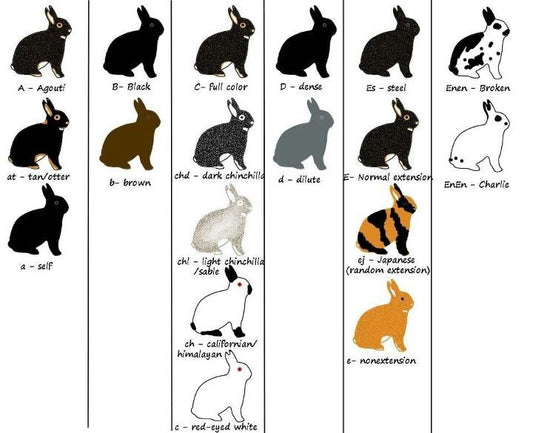

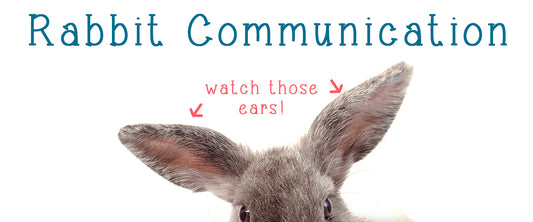



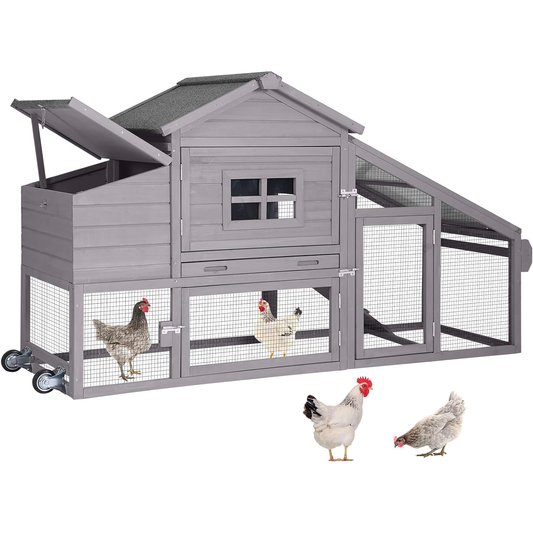



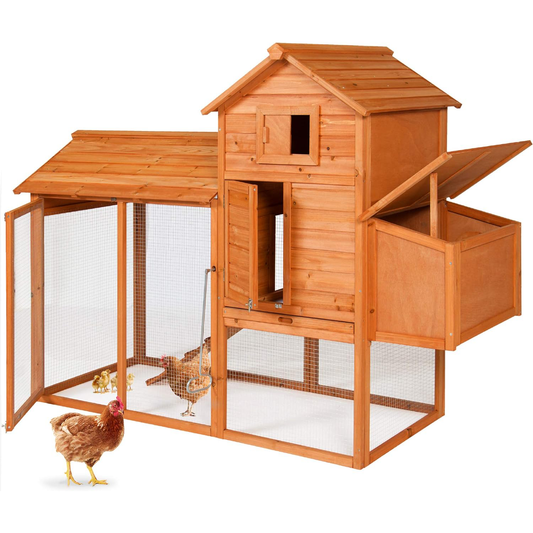






0 comments